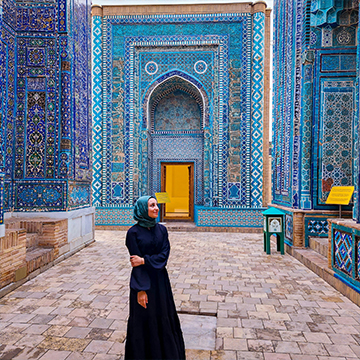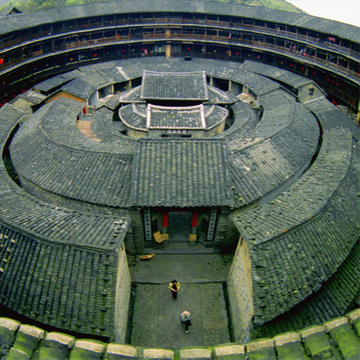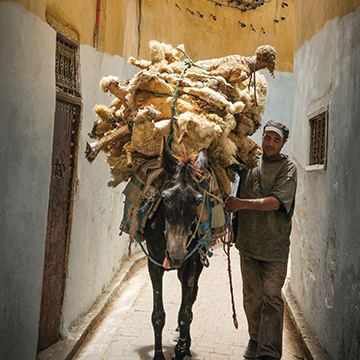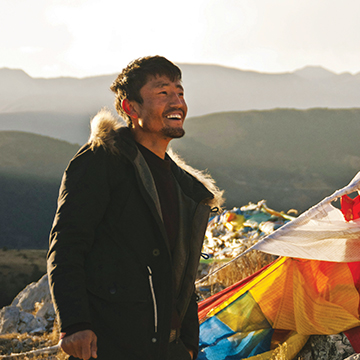SUMATRA, INDONESIA
HER BEAUTY AND HER SORROW

1-30
Lying quietly along the equator is an island—Sumatra. Her beauty captivates the soul and stirs envy in the heart. Born on the seismically active Eurasian belt, she is destined for a life of upheaval.
In western Sumatra, the Barisan Mountains, like the island’s backbone, rise tall and proud, hiding abundant mineral wealth within. The volcanic eruptions that once shook the land left behind rich minerals—nourishing the soil like life-giving milk. In contrast, the island’s broad eastern plains offer a different kind of charm. Rivers, like master sculptors, have carved enchanting wetlands and lakes into the land. Although the soil in the east may seem less fertile, it holds great economic value, supporting Indonesia’s nearly 300 million people through its thriving palm oil and petroleum industries.
Sumatra has been famed for its gold since ancient times. In the 16th century, it drew wave after wave of Portuguese explorers in search of treasure. The island was once home to the powerful Srivijaya Empire, a major center of Buddhism in Southeast Asia and a vital hub in the global spice trade. It also developed close diplomatic and trade ties with China.
Lush tropical rainforests form Sumatra’s most majestic scenery, where orangutans, tigers, and tapirs once roamed freely. But rampant deforestation and government corruption have rapidly consumed this precious ecosystem. Even “protected areas” have not escaped destruction. Sitting on the western edge of the Eurasian Plate, Sumatra lives under constant threat from earthquakes—like fierce beasts lying in wait. In the devastating 2004 Indian Ocean earthquake, 10-meter-high tsunamis swept away everything in their path. In an instant, 80,000 lives were lost, leaving a lasting scar on Aceh and North Sumatra Provinces.
Sumatra is home to a rich tapestry of 52 languages, each belonging to a unique ethnic group, yet culturally interconnected through the Austronesian language family. Malay dominates the east, while Lampung and Minangkabau are spoken in the south and central regions. In the northern highlands, Batak languages thrive, and along the far northern coast, Acehnese prevails.
From Hinduism and Buddhism to Islam, each faith has left its mark on this land. Today, Islam is the dominant religion on Sumatra, but the island reflects Indonesia’s spirit of diversity and tolerance, as six official religions coexist peacefully: Islam, Protestantism, Catholicism, Hinduism, Buddhism, and Confucianism.













































